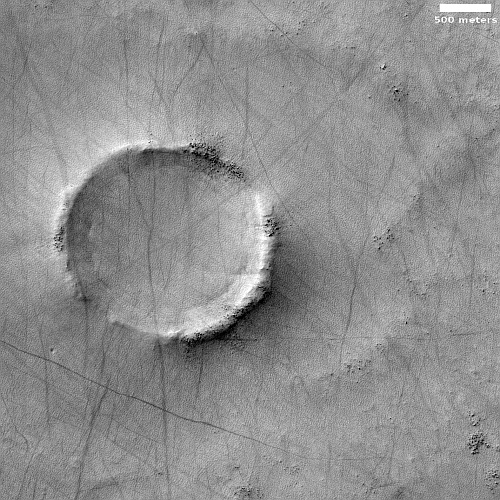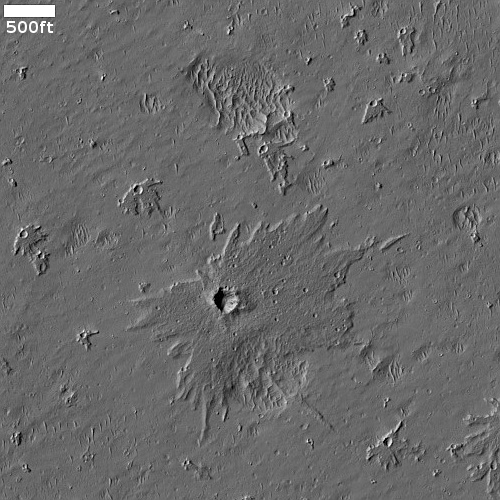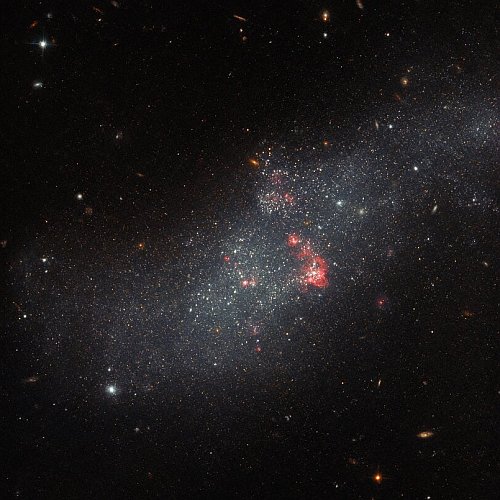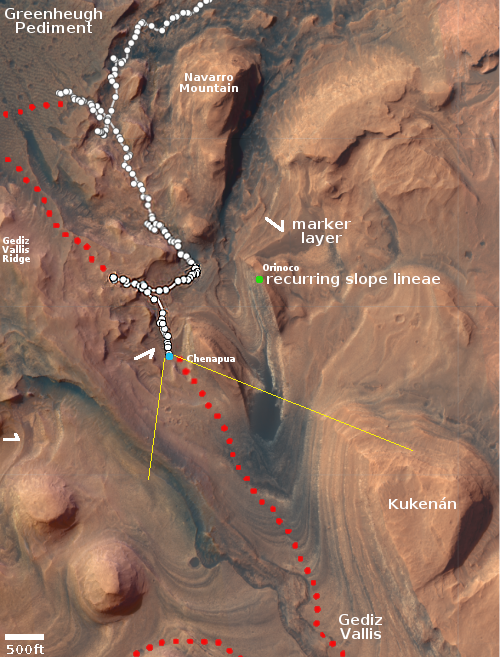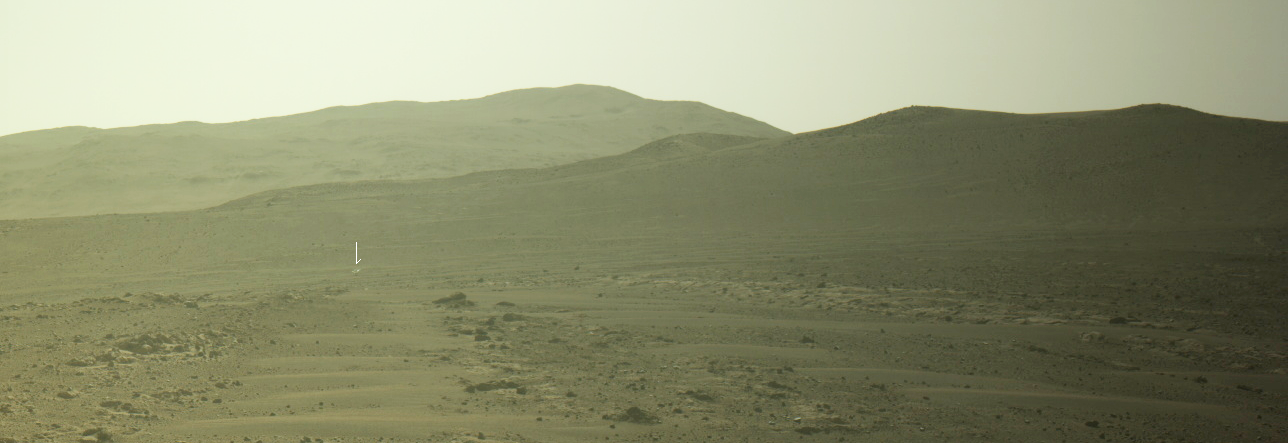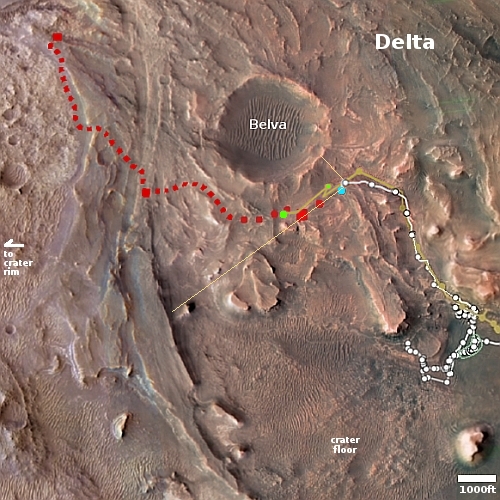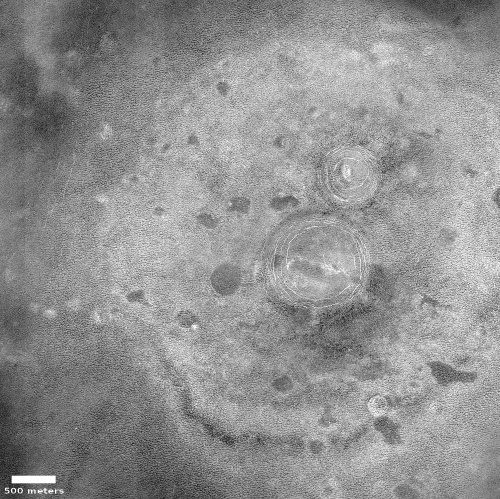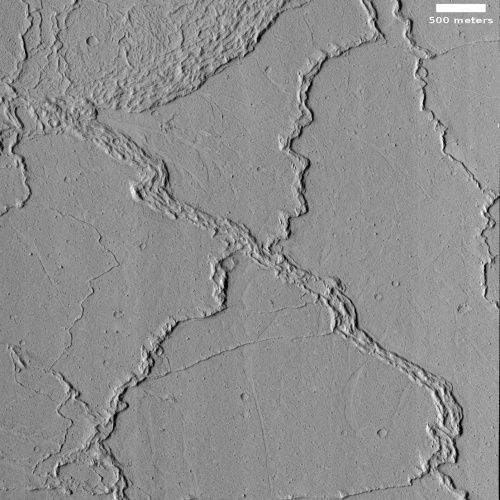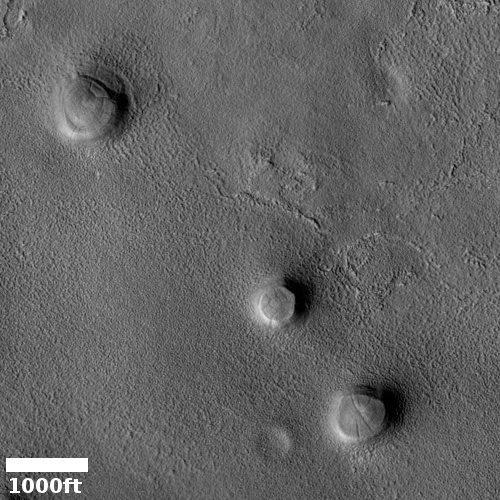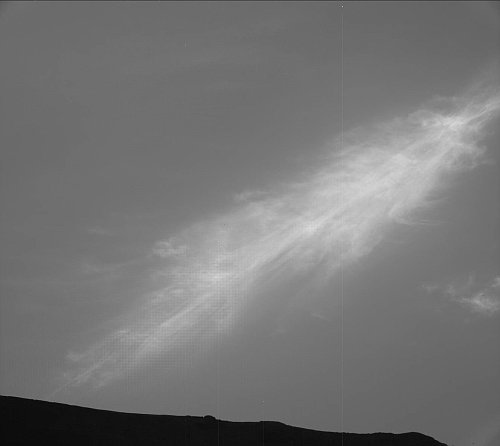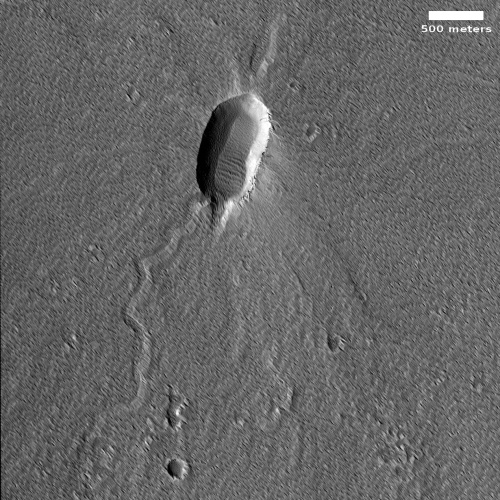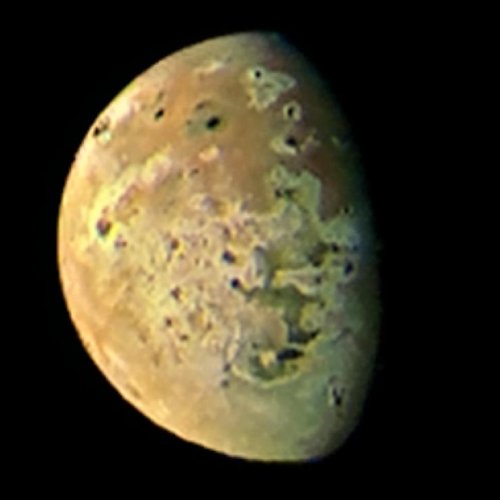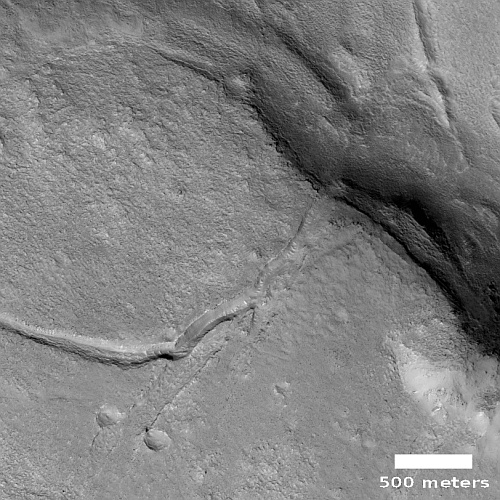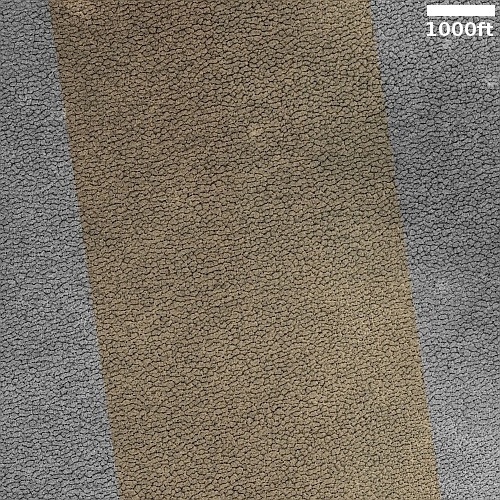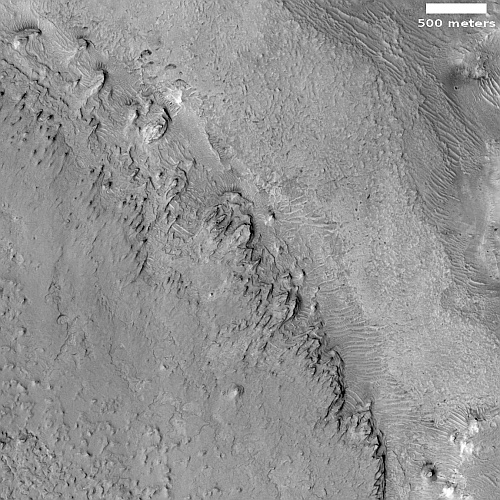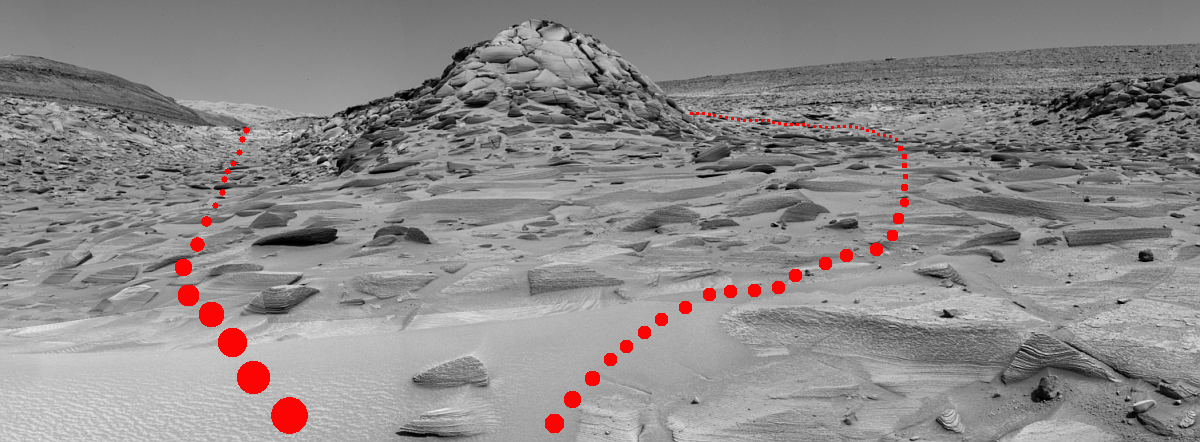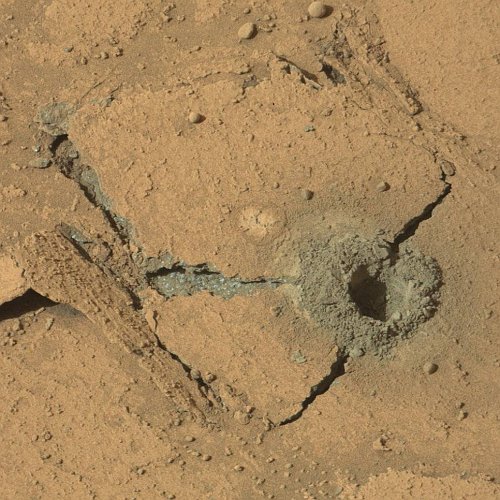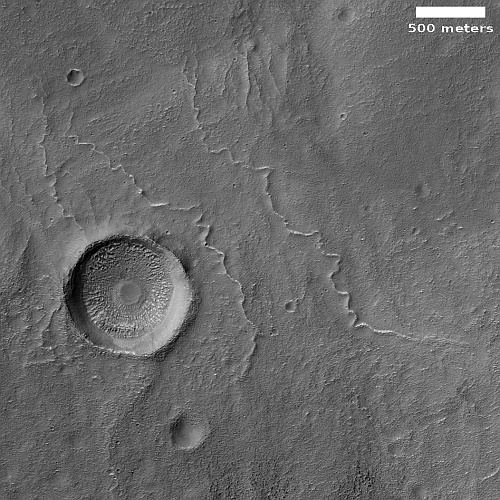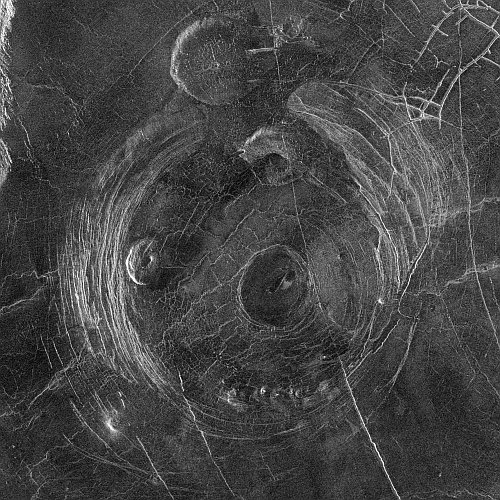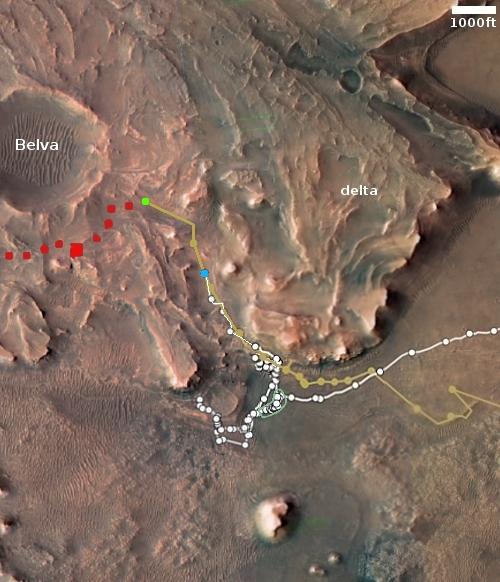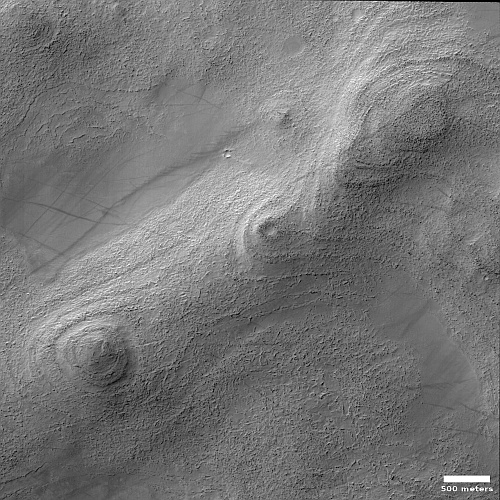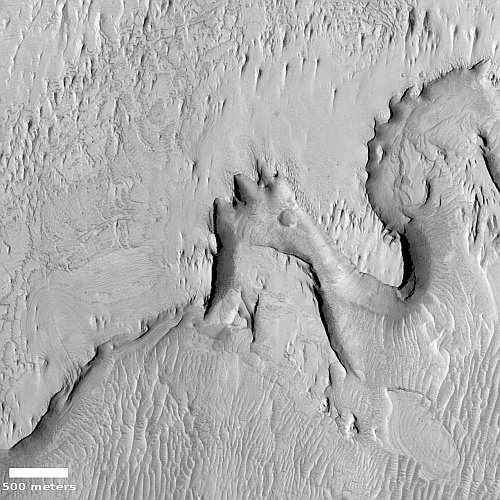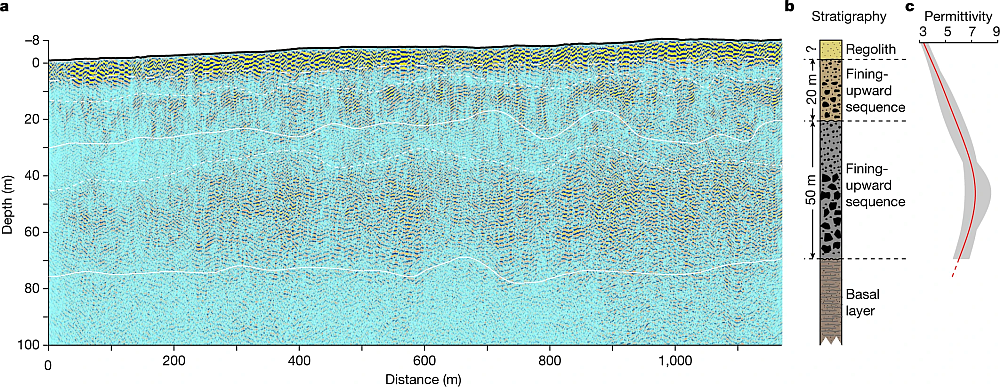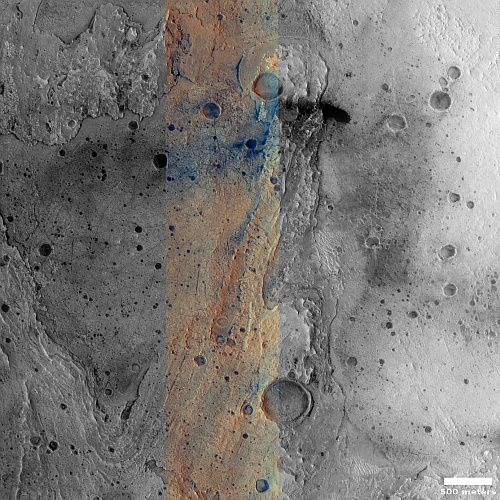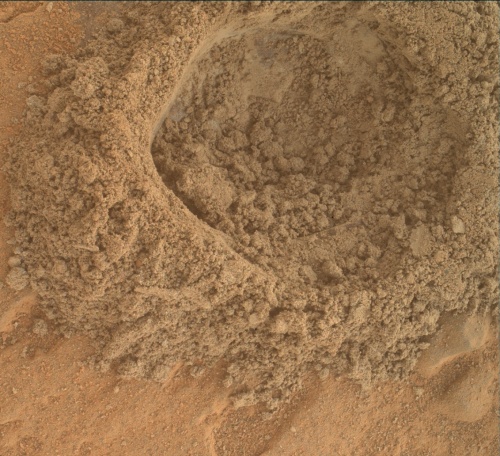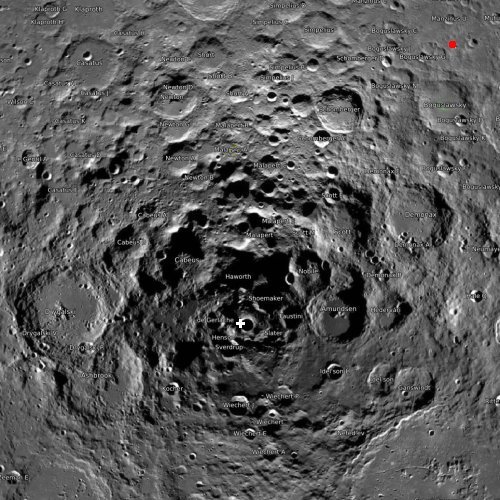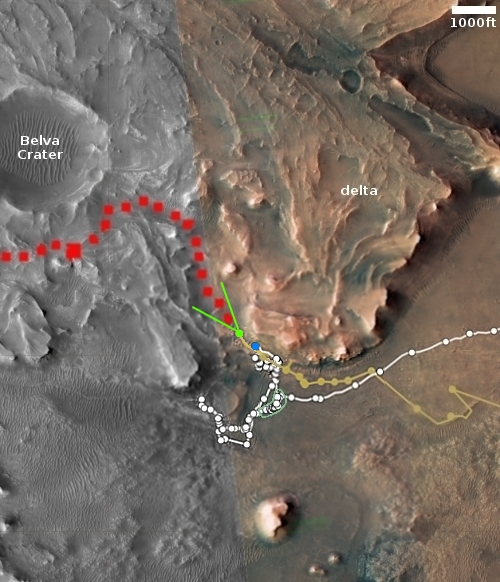Firefly wins its second NASA contract to land payloads on the Moon
Capitalism in space: Firefly announced today that it has won a $112 million NASA contract to use its Blue Ghost lunar lander to bring three instruments to the Moon, one into orbit and two on the ground on the far side of the Moon.
Before landing on the Moon, the company’s Blue Ghost transfer vehicle will deploy the European Space Agency’s Lunar Pathfinder satellite into lunar orbit to provide communications for future spacecraft, robots, and human explorers. After touching down on the far side of the Moon, the Blue Ghost lunar lander will deliver and operate NASA’s S-Band User Terminal, ensuring uninterrupted communications for lunar exploration, and a research-focused payload that measures radio emissions to provide insight into the origins of the universe.
The NASA press release provides more details about the three payloads.
This is Firefly’s second NASA lunar lander contract. The first is scheduled to land in 2024 and deliver ten NASA science instruments to Mare Crisium, the large mare region in the eastern side of the Moon’s visible hemisphere. This second flight is tentatively scheduled to launch in 2026.
Capitalism in space: Firefly announced today that it has won a $112 million NASA contract to use its Blue Ghost lunar lander to bring three instruments to the Moon, one into orbit and two on the ground on the far side of the Moon.
Before landing on the Moon, the company’s Blue Ghost transfer vehicle will deploy the European Space Agency’s Lunar Pathfinder satellite into lunar orbit to provide communications for future spacecraft, robots, and human explorers. After touching down on the far side of the Moon, the Blue Ghost lunar lander will deliver and operate NASA’s S-Band User Terminal, ensuring uninterrupted communications for lunar exploration, and a research-focused payload that measures radio emissions to provide insight into the origins of the universe.
The NASA press release provides more details about the three payloads.
This is Firefly’s second NASA lunar lander contract. The first is scheduled to land in 2024 and deliver ten NASA science instruments to Mare Crisium, the large mare region in the eastern side of the Moon’s visible hemisphere. This second flight is tentatively scheduled to launch in 2026.

